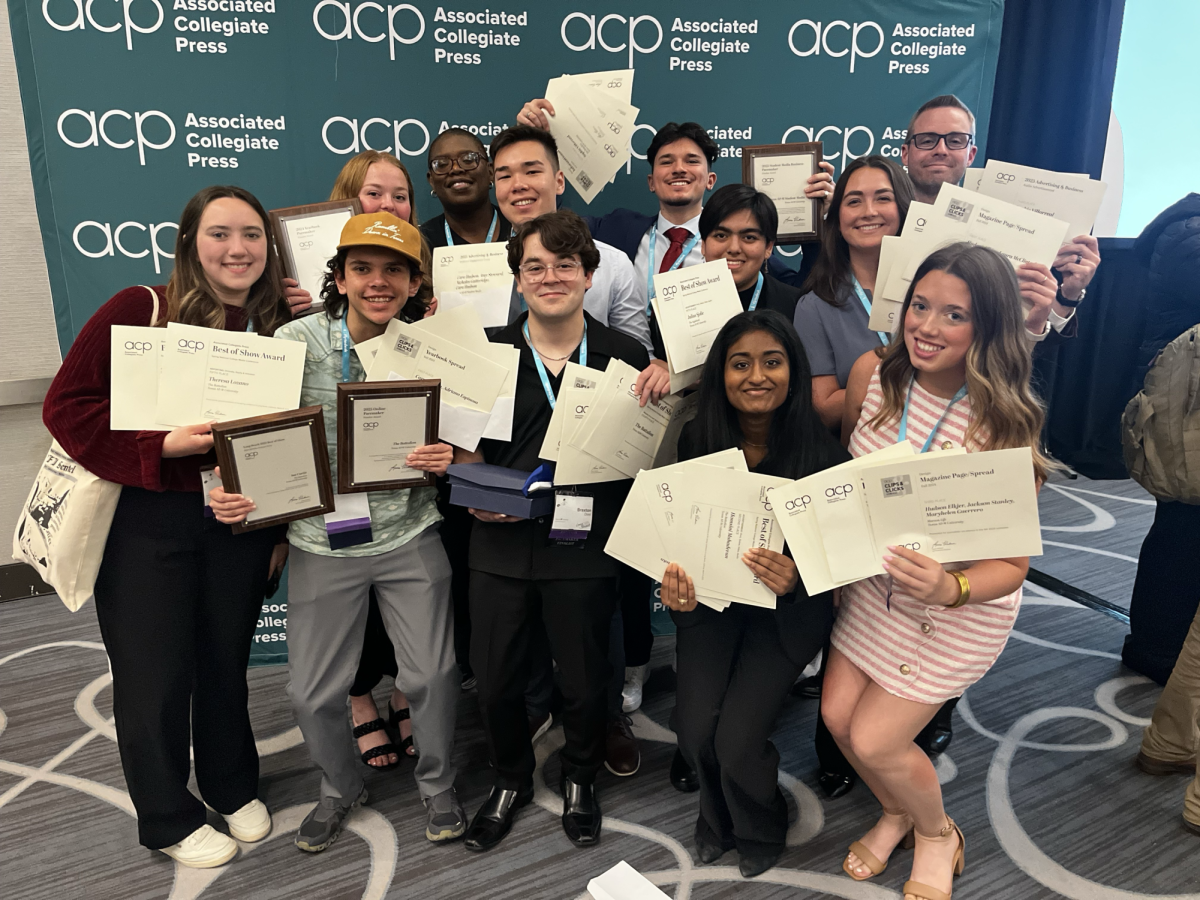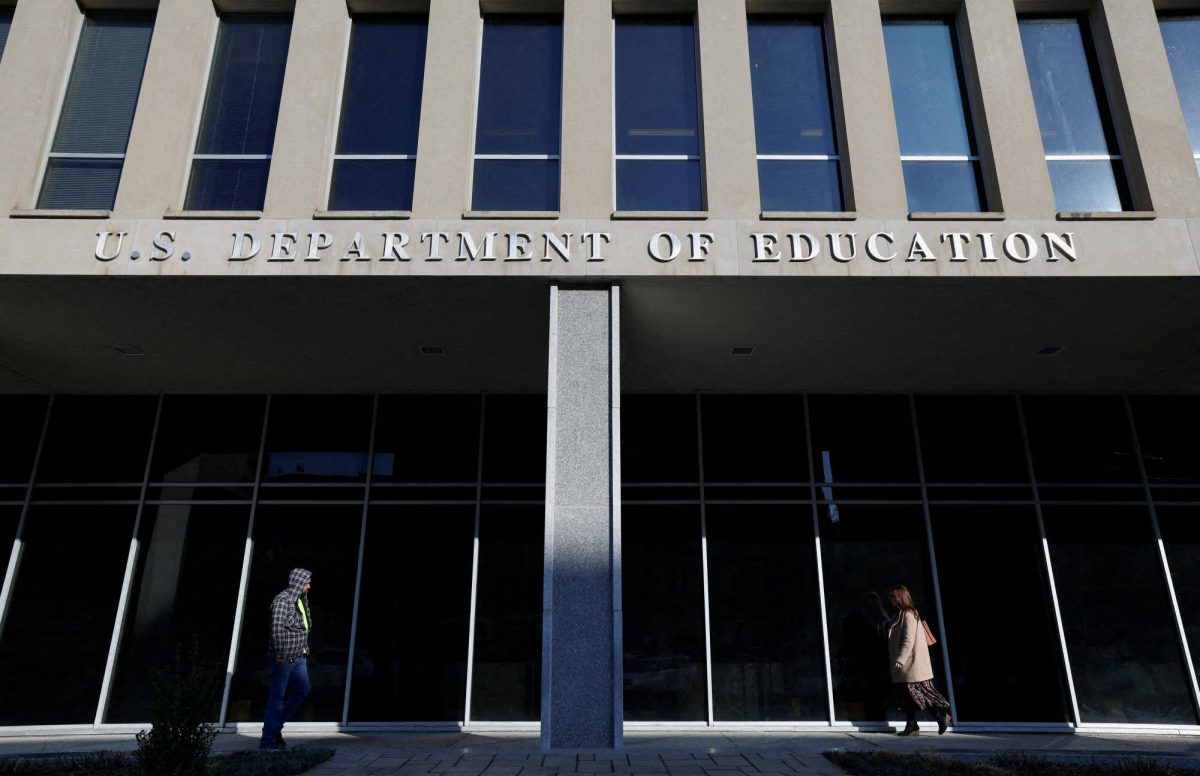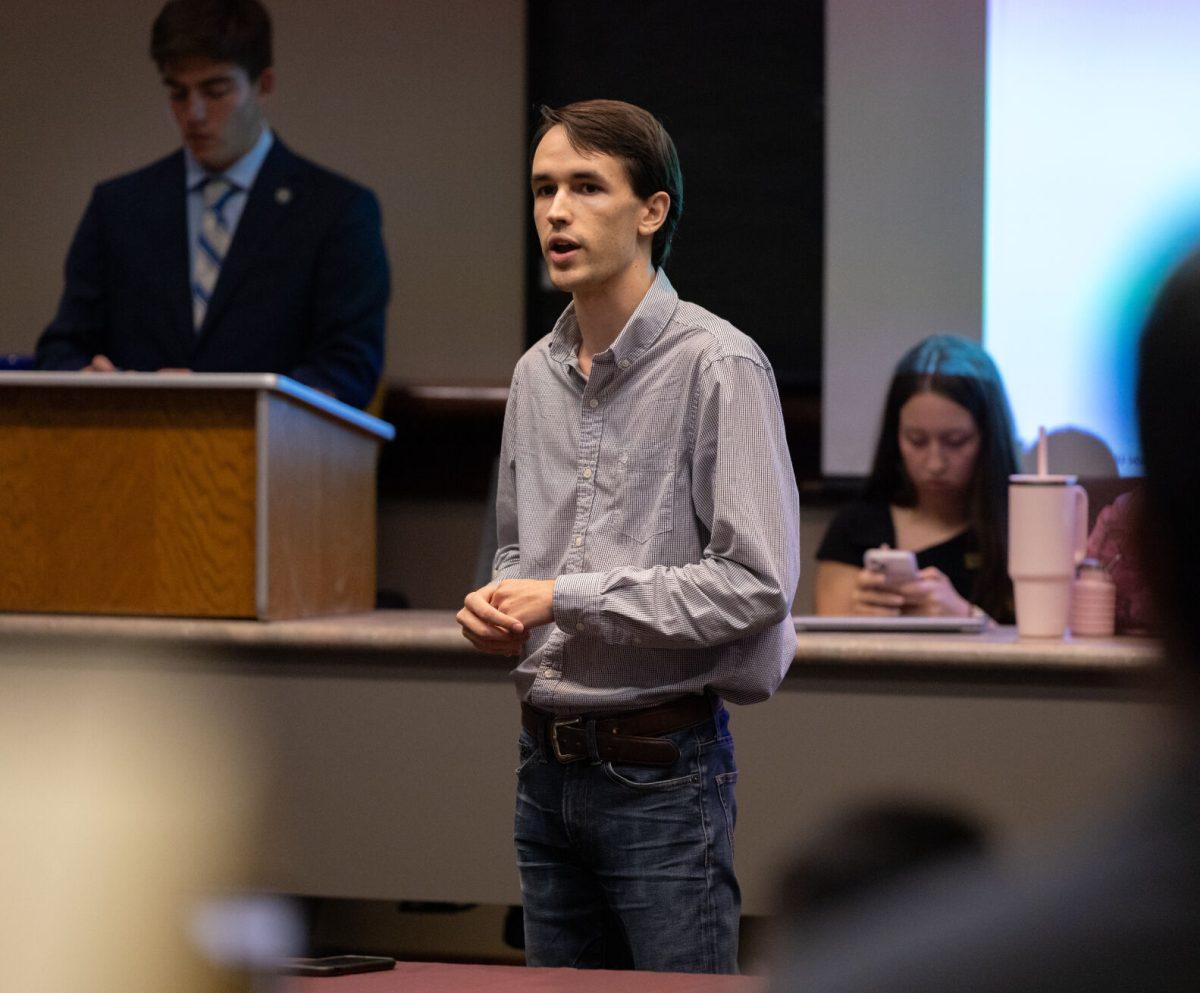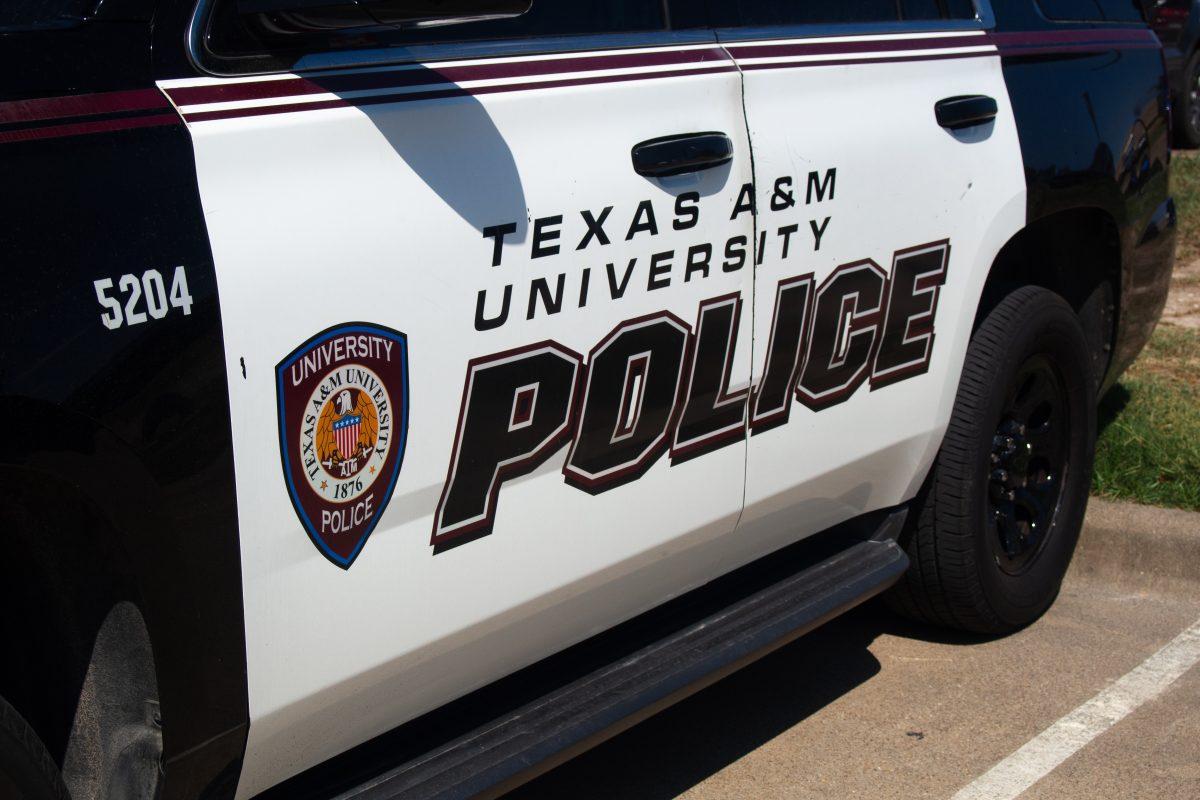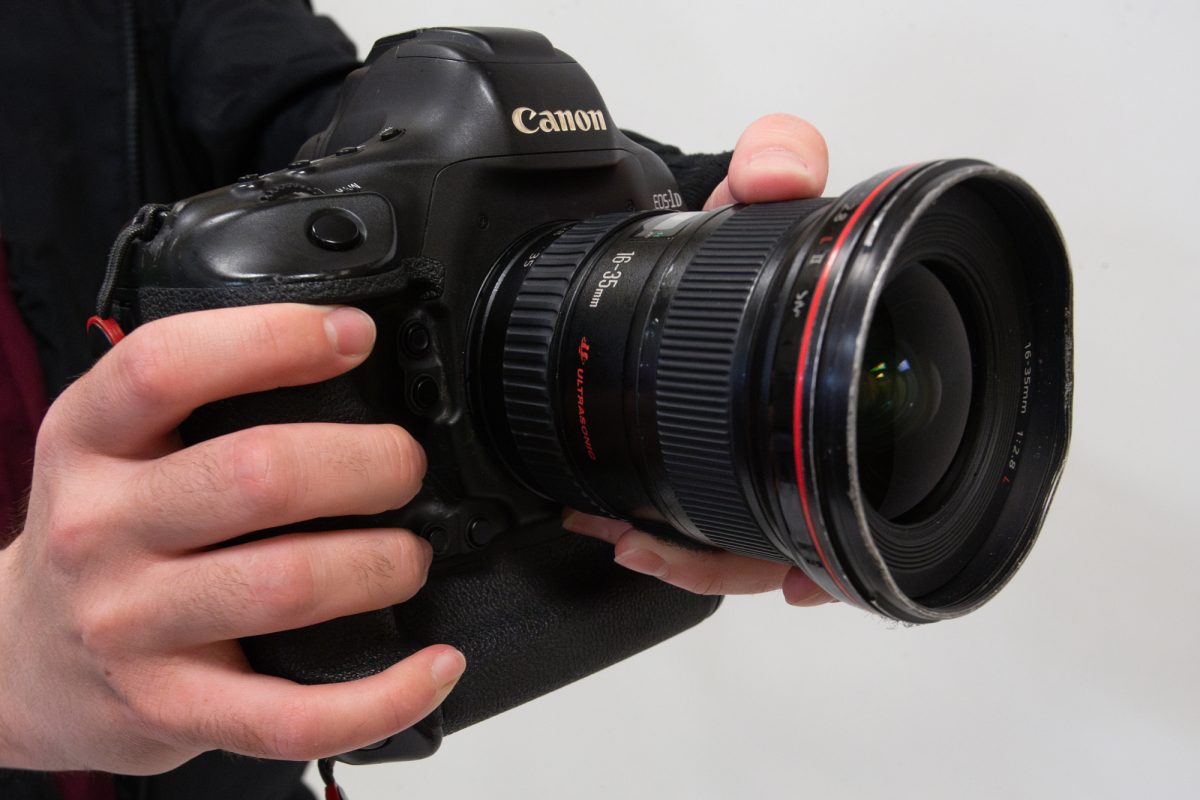Texas A&M researchers have been working to prevent harm to mitochondria organelles impacted by diseases through a new nanotechnology named nanoflowers. The technology has successfully regenerated mitochondria in the group’s laboratory, an achievement they hope spurs further investment and interest in the field.
Kanwar Abhay Singh, a postdoctoral researcher working on the project, said different metabolic diseases like cancer and diabetes cause mitochondrial defects. However, targeting the mitochondria directly has been difficult, and potential remedies — such as medication — have failed in clinical trials.
“Because nanoparticles can be targeted much better to a given site, our material directly enhances mitochondrial generation,” Singh said.
Akhilesh Gaharwar, a biomedical engineering professor, said his team has a provisional patent for nanoflowers that converts to a full patent after one year. But despite the success, Gaharwar said the process of getting there was arduous and demonstrated the need for a simplified funding system for researchers.
“As faculty, we have to submit 20 grants in order to get one grant funded,” Gaharwar said. “So it basically puts an enormous burden on faculty to write more grants to get something funded and to run a group.”
Gaharwar said he plans to help create a start-up using the technology by 2026.
“My students or others are going to take over that thing and can convert it into a more clinically-relevant technology,” Gaharwar said. “And I get a little bit more extra time to develop new technologies.”
Planning to found the start-up with him is Irtisha Singh, an assistant professor in the Department of Molecular and Cellular Medicine. Singh used RNA sequencing to gain insight into the genetic makeup of cells before and after treatment.
“We’ve already started a few studies there, and the results are in the positive direction,” Singh said. “So we are pretty hopeful there.”
Also involved in the project is Vishal Gohil, a professor of biochemistry and biophysics. Gohil’s lab studies how the mitochondrial energy-generating machinery is built.
In a separate but similar project, Gohil said he and a few collaborators tried to find drugs that could bind to copper and become hydrophobic to protect it from being taken away by other proteins in the body. It would then cross through a particular cell’s barrier to release copper for the protein required in mitochondria.
The group found a few possibilities that worked in a yeast system — with one working particularly well at low concentrations. After publishing their results, Gohil said he was sent a barrage of emails from parents of children born with Menkes disease, a genetic disorder lowering copper levels in the body.
“I had to kind of gently tell them that, ‘Look, you know, I’m not a medical doctor. I’m a researcher,’” Gohil said. “ … Taking drugs from bench to bedside takes years. There has to be clinical trials. Some pharmaceutical company has to be involved. But some of these parents were really, really adamant. And especially one parent from Spain, she was like, ‘You know, I cannot take no for an answer.’”
But around Christmas three years ago, the parents said the child was nearing death. A team of roughly a dozen doctors, including Gohil, came together to administer the drug soon afterward. An Indian company synthesized grams of the potential treatment before sending it to doctors in Spain.
“We started treating this child with a very, very tiny dose,” Gohil said. “I’m talking about a milligram, which is not even visible through the eye. And then, you know, increase the dosing gently. … At 20 months old, a child normally should be able to walk, even, say, talk a few words. But this child was essentially bedridden, was not walking, talking, anything like that.But within two months, he could actually crawl, and, in four months, he could stand up with support. And in six months, he could walk with support. And by a year, year and a half, he could climb slides.”
The child’s mother created the Menkes International Association afterward, a group dedicated to researching the genetic disorder. Now, five more children are on the drug.
“The main thing about this drug is it can go through the blood-brain barrier and give copper to brain cells, to brain mitochondria,” Gohil said. “So that can make energy and the brain can develop.”
The child is now four years old and, despite lung complications, is developing normally. Gohil said he hopes to expand the therapy for other children with mitochondrial and energy illnesses and has signed a licensing agreement with Engrail Therapeutics, a pharmaceutical company.
“That company is designing a clinical trial so we can test it in an unbiased fashion in this population of mitochondrial disease patients — and then [we’ll] go from there,” Gohil said. “If it works, it basically will be a drug available to patients.”





